
In some ways, the 21st century has, so far, been a hostile time, with the Sept. 11, 2001, terrorist attacks, multiple school shootings, bombings in London and Spain, reports of increased border traffic and violence, and more.

Having the annual WEFTEC conference in Chicago, just two weeks before the much anticipated Election Day can be a blessing or a burden.
The Stickney Water Reclamation Plant and Abbott Laboratory Wastewater Pretreatment Plant tours are all about extremes.
Commentary
Excerpts of Sen. Barbara Boxer (D-Calif.) prepared remarks for a Sept. 24 hearing on the Bush Administration's environmental record.
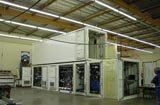
Serrano Water District in Villa Park, Calif., agreed to implement and test a water treatment system at the Villa Park Dam in an effort to explore affordable solutions for reducing high levels of iron and manganese in its water stream.
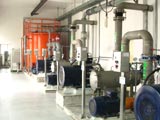
China's capital city has a long history of water scarcity. In recent years, rapid economic growth, pollution, and a population reaching 17 million have intensified the problem. It is estimated that Beijing's water availability per capita is 30 times below the international average.
Opinion
Half of the non-chemical supplier companies doing business in Europe will be shut out of that market on Jan. 1. Are you one of them?

In today's world, environmental, health and safety (EHS) professionals must acquire effective marketing skills to achieve their organization's EHS objectives.
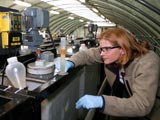
When groundwater flows through underground coal mines, metals and sulfate often leach from pyrite-laced coal and bedrock and discharge into a surface water body, becoming acid mine drainage.
- By Michael von Fahnestock, Ph.D.
Emerging Trends
The growing water shortage underscores the need not only for comprehensive conservation plans and re-allocation of water resources but for the development of new technologies and facilities that will convert non-potable water into fresh drinking water.
- By Sheila Harvey, Tom Campbell
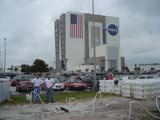
The National Aeronautics and Space Administration's Kennedy Space Center in Cape Canaveral, Fla., has undertaken aggressive groundwater and soil remediation to treat an area of on-site petroleum hydrocarbon contamination.
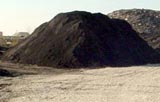
A concerted effort to beneficially reuse and recycle plant waste started in November 2006 when the chief financial officer of Hensley Industries complained about the soaring cost to landfill the facility's spent foundry sand.
Whether used for cooling or processing, raw water drawn from lakes, rivers, and reservoirs must first be strained to remove dirt and debris that can harm critical process systems and equipment.
The UN-Comfort Zone
What motivates you? That's the question I'd like to ask in this inaugural column on motivation.
- By Robert Evans Wilson, Jr.

Dam construction in the mid 1960s and seismic, environmental, and cost-sharing concerns in the 1970s created serious problems for the Placer County Water Agency in northern California.
- By George Slovensky, Alan Stroppini

It's no secret that Phase I professionals operate in an extremely competitive environment.

Pre-testing aqueous wastewater streams to determine biodegradability doesn't have to cost an arm and a leg, much less drag on for months.
- By Shawn Blenis, Ray Noletto
Opinion
Record prices for gasoline are increasing the costs of producing, transporting, and processing food products.